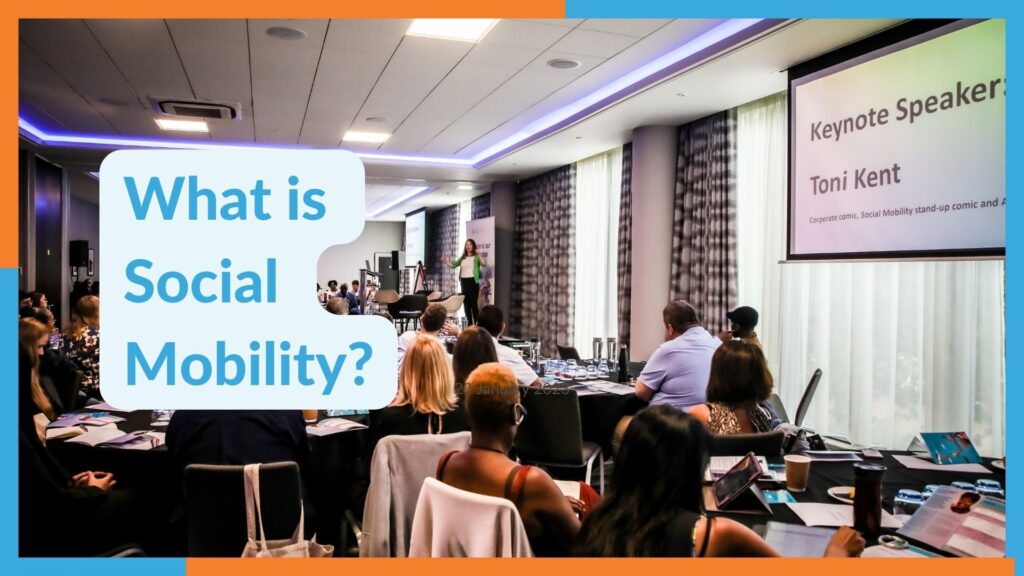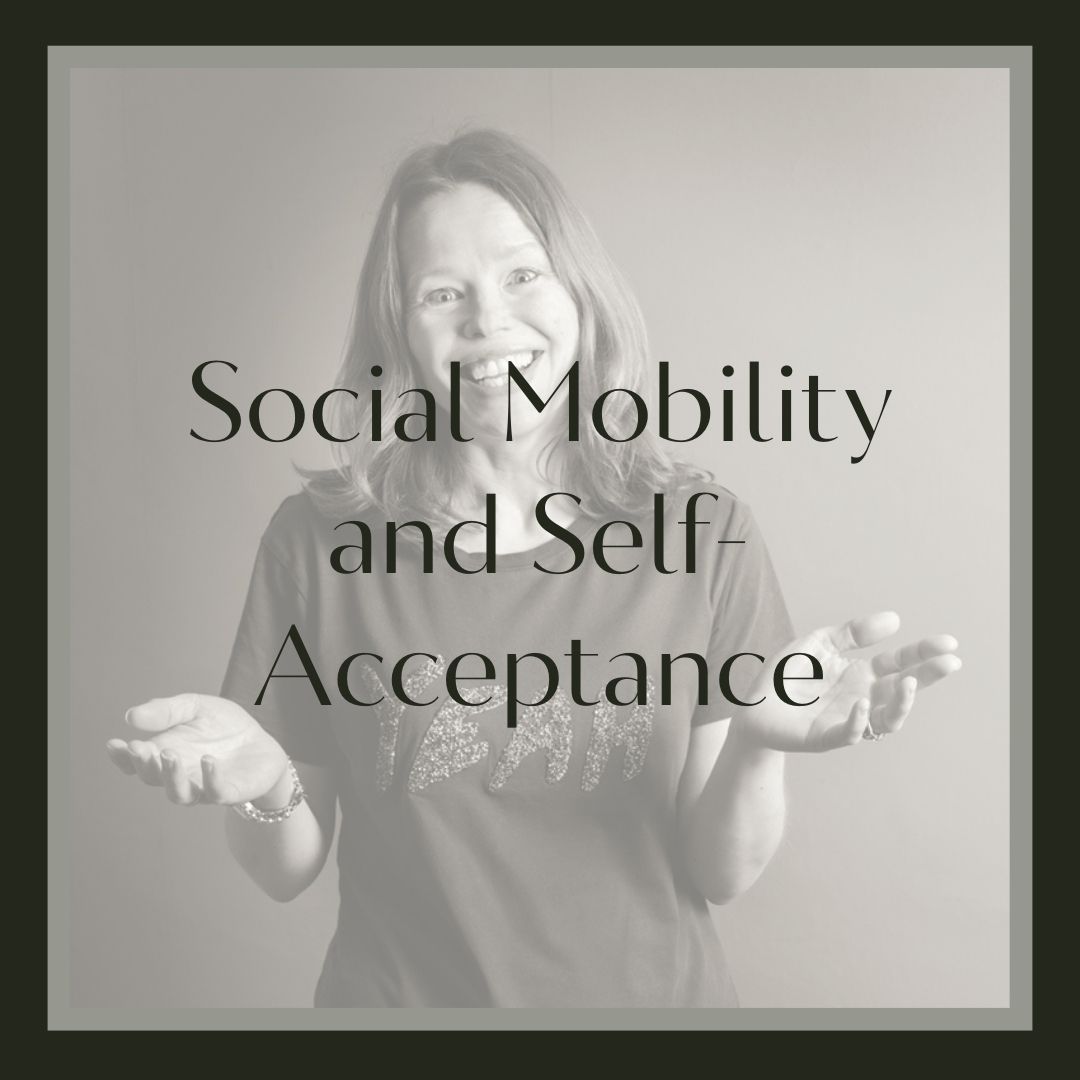The topic of Social Mobility is rapidly rising up the C-Suite agenda and forming a key component of Environmental, Social and Governance (ESG) commitments for many organisations. But what is it?
What is Social Mobility?
According to the OECD:
“Social mobility refers to how a person’s socio-economic situation improves or declines relative to that of their parents or throughout their lifetime. It can be measured in terms of earnings, income, social class, and well-being dimensions such as health and education. Promoting social mobility benefits individuals, the economy, and social cohesion.”
What’s striking here is the clear reference to Social Mobility being something that can (to use a phrase from the world of investments) ‘go down as well as up’. This is an important distinction because a lot of discussion in the Social Mobility space focuses on Social Mobility as an upward trajectory when the opposite can also be true.
Why Should Businesses Care About Social Mobility?
Leaders acknowledge that a lack of socio-economic diversity can be bad for business in ways that include:
- Narrow recruitment practices focusing on specific demographics which lead to a restricted talent pool – the World Economic Forum and McKinsey have both long reported that organisations with greater diversity tend to be more profitable
- ‘Group think’ which results in unintentional bias and focusing on people who ‘fit’ rather than having skills and qualities that will add to the overall mix of the business
- An inability to meet ESG targets in competitive bid situations (many procurement bids now require at least 10% weighting in this area)
How Can Businesses Get Started with Social Mobility?
Improving your organisation’s overall Social Mobility position will take time but there are some early steps you can take to get started on the right foot:
- Create a base-level of knowledge: read McKinsey’s piece on the business value of socio-economic diversity
- Take advantage of best practice: implement the Social Mobility Commissions Cross-Industry Toolkit
- Lead from the top: find out if you’ve got a senior leader with a social mobility story and encourage them to speak up!
- Bring people together: create a Social Mobility pillar / network / Employee Resource Group as part of your ESG or DEI strategy
- Look beyond the usual: make sure any recruitment / student engagement programmes are reaching out to people of different socio-economic and educational backgrounds
- Bring in external subject matter experts: the topic of social mobility and class can feel difficult to discuss. If you’re looking for someone with proven expertise in bringing this topic to life, get in touch
Where Can I Learn More About Social Mobility?
A great place to start is with the Social Mobility Commission: Home – Social Mobility Commission where you’ll find facts, stats and resources that are designed to help you on your Social Mobility journey.
If you are looking for more of a storytelling approach that speaks to lived experience, check out my showreel.
For a brilliant read, the work of Professor Lee Elliot Major, the UK’s first Professor of Social Mobility has published a number of works. My personal favourite is ‘Social Mobility and its Enemies’ which he co-authored with Stephen Machin. You can find it here
How Can I Book a Social Mobility Keynote Speech?
If you’d like to book me to deliver a keynote speech, motivational talk, or panel conversation on Social Mobility, simply fill out the contact form. If you’d like to see some examples of my work first, you can look at my showreel below or connect with me via LinkedIn.




